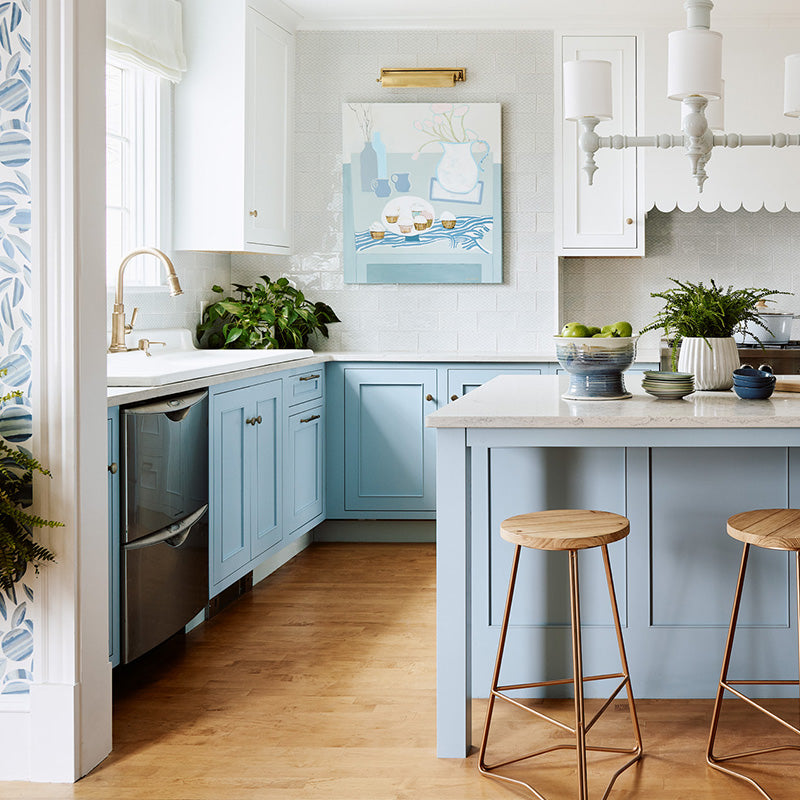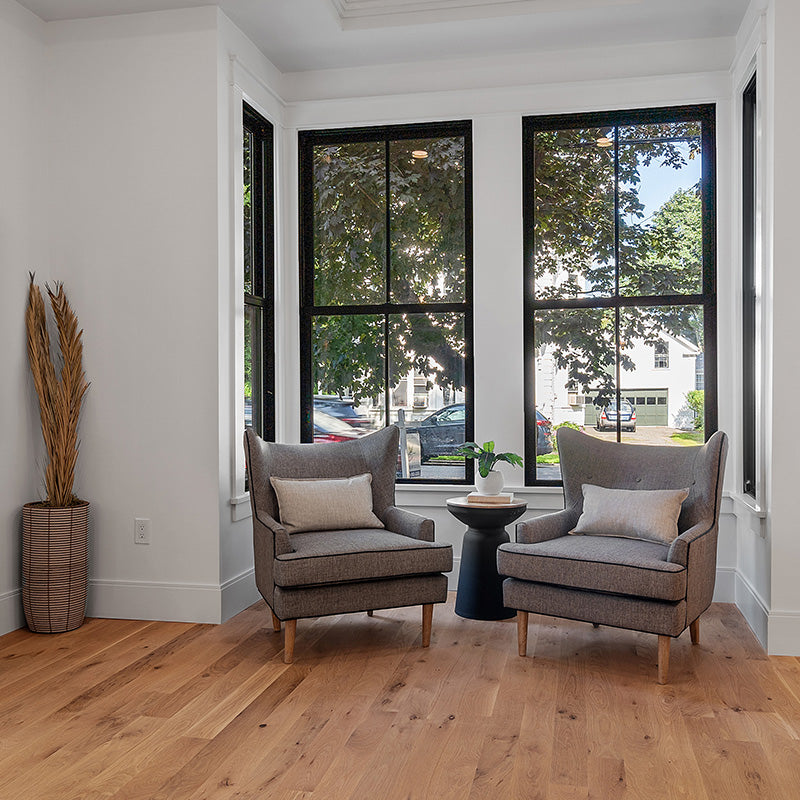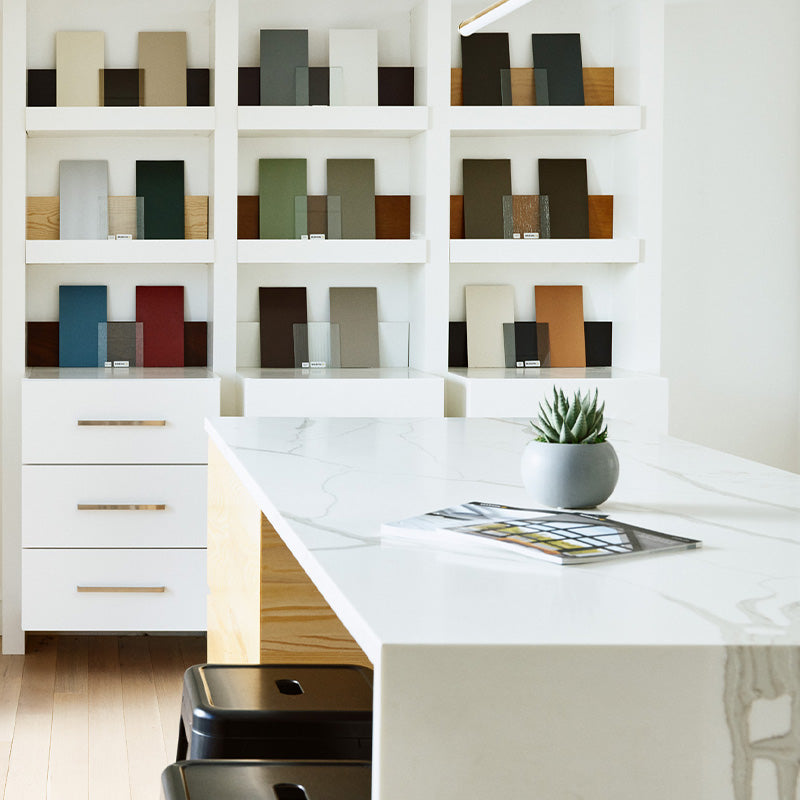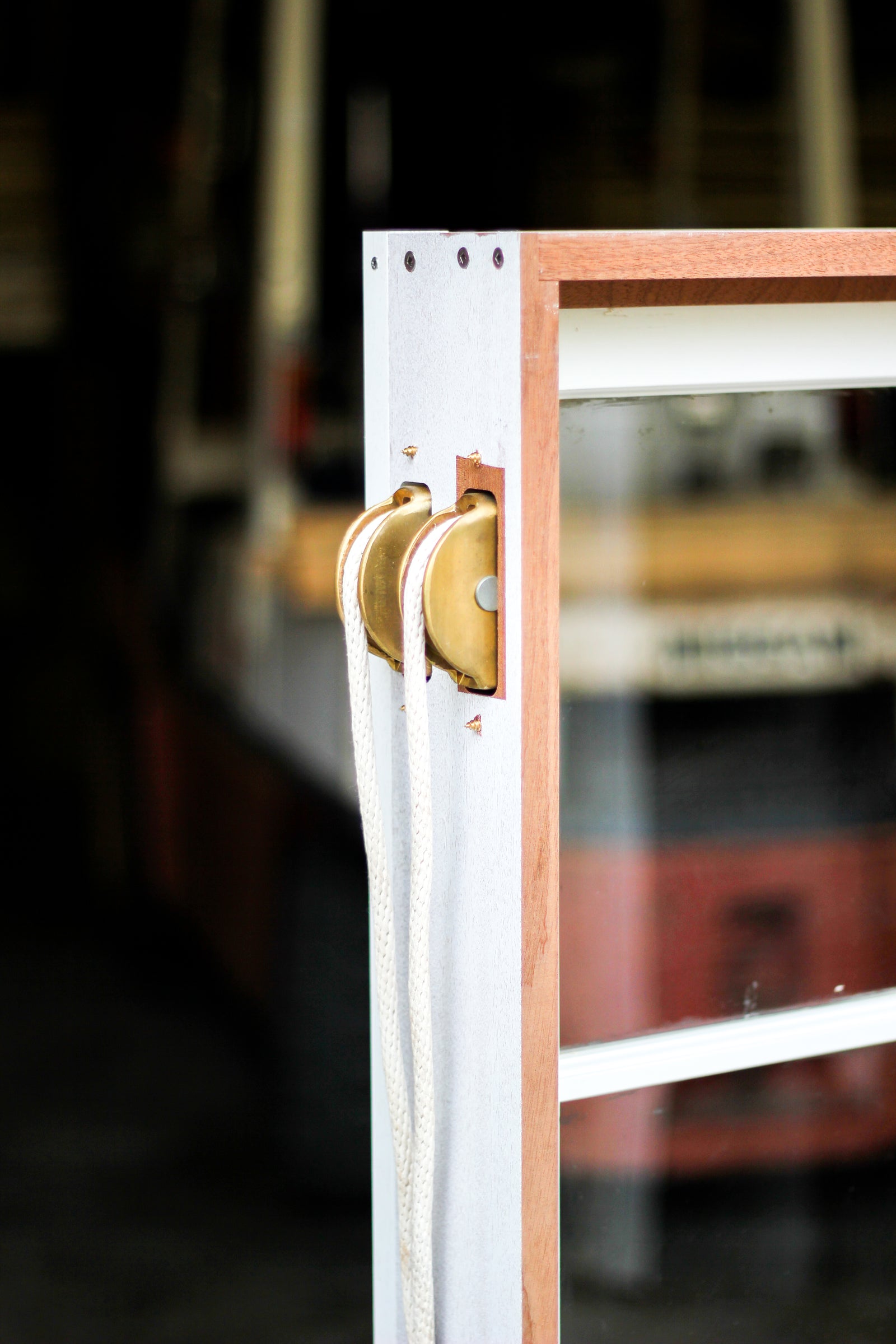Your Cart is Empty
Projects

Granite Countertops
September 30, 2015 2 min read
Granite has become a staple of many kitchens over the past few decades and continues to be a popular choice. It can last a lifetime and then some. Cutting on granite will destroy your knives before any harm comes to the counter. Heat resistance means you don’t have to think twice about putting down a hot pot. This sturdy stone can withstand just about anything, while giving your home a classic look.

What is Granite?
A natural stone comprised of atlas 20% quartz, mica and feldspar. Mined all around the world, each stone has it’s own distinct coloring and pattern. Colors are distinct to the quarries the slabs are mined from and no two slabs are the same. From veined gray, to black flecked with labradorite, and beyond this stone comes in all colors and patterns. To reduce transport costs and be more eco friendly, find a granite source close to your project. The heavy stone is durable and can be recycled, but it is a finite resources and expensive to transport.
Finish
There are many different options for finishing your granite, here are a few of the most popular.
Polished: Defends well against stains and is the least porous. This glossy finish is the most common.
Honed (Matte): Coarser abrasives are used to achieve this satin finish and the grinding stops before the stone shines. Granite with a honed finish is more porous and more prone to stains than other finishes. Harder to keep clean but can mask imperfections in the stone. These surfaces are less slippery but need resealing.
Leather: This finish, created when fabricators move diamond-tipped brushes across the surface, conveys a river washed appearance. Like a polished surface, it is less porous and highlights the color; like a honed surface, it disguises crumbs and streaks. Although they hide fingerprints and smudges, these surfaces require frequent cleaning.

Sealing & Maintenance
Slabs are usually sealed for your project but not always so check with your fabricator. While some granite is more porous than others, it is highly stain and scratch resistant. Sealant adds an extra level of protection for your counters.
Wiping up spills as soon as they happen and warm water and a mild soap are your two best friends for these counters. You can also use granite specific cleaners, but they aren’t always necessary. Avoid abrasive or acidic cleaners. Before using any cleaners on your counters be sure that your sealant is still working properly. Place some water on the counter, if it beads up your sealant is working just fine. If the water soaks into the stone, then it’s time to put another coat on.
| Pros | Cons |
| Durable - heat & scratch resistant | Heavy stone, can be difficult to install |
| Non-porous when properly sealed | Can be expensive for exotic slabs |
| Each stone is unique | Patterns can be inconsistent |
| Wide variety of colors & patterns | |
| Affordable |
Leave a comment
Comments will be approved before showing up.
Subscribe Today!
Our goal is to provide you with as much information as possible. Our newsletter is full of tips, inspiration and featured projects. We promise to only send you interesting things and never share your email with anyone else.









